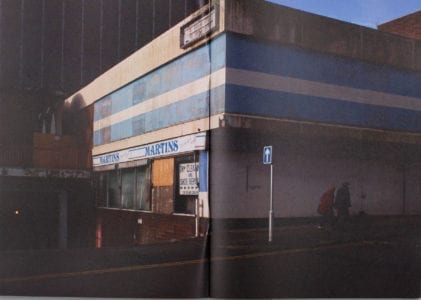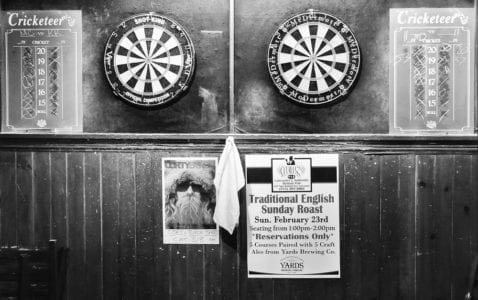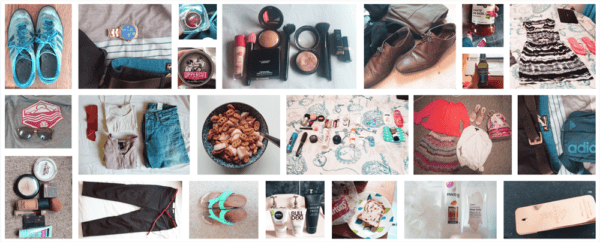The value of disused urban spaces for young people
Since 2016, CUSP Fellow Laurel Gallagher has been developing youth-led placemaking projects in semi-wild disused urban spaces. Workshops invite young people to explore disused spaces, re-imagining them for their own purposes while experts bring the tools and skills needed to transform young people’s ideas into reality. In this blog, Laurel summarises a few of the project findings.
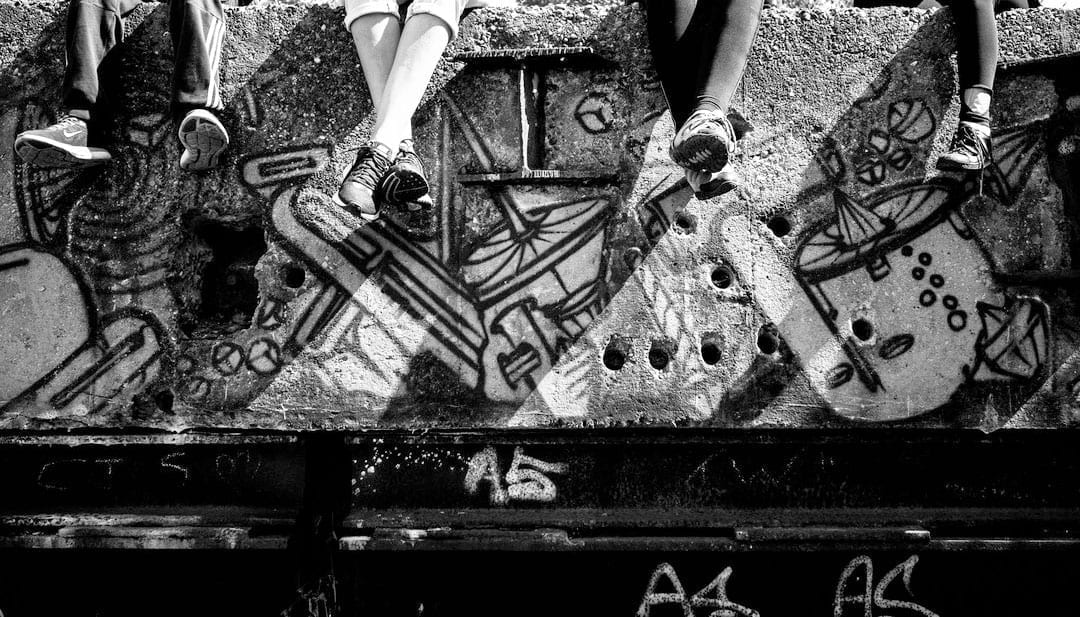
Walk with me down a dead-end street in a post-industrial neighbourhood; on one side high walls and fencing protect a new build estate, on the other crumbling brick walls shield a demolished factory site. Pass through a hidden opening and uneven steps lead you to a pathway overgrown with brambles, littered with beer cans and burnt objects; the signifiers of a disused urban space.
A disused urban space ‘remains as forgotten wasteland or gaps between buildings and other constructions’ states Anja Graner in her article ‘Why should we deal with abandoned urban spaces?’ But disused spaces are never truly forgotten, and we see evidence here of dog walkers, graffiti artists, drug users and the homeless. Each group recognising a value in this space, whether it be somewhere to let dogs run or privacy for illegal activities. Graner goes on to recognise the ‘high potential for reconstruction and repurposing (of disused spaces by) integrating them into the community’ and this is where my interests lie.
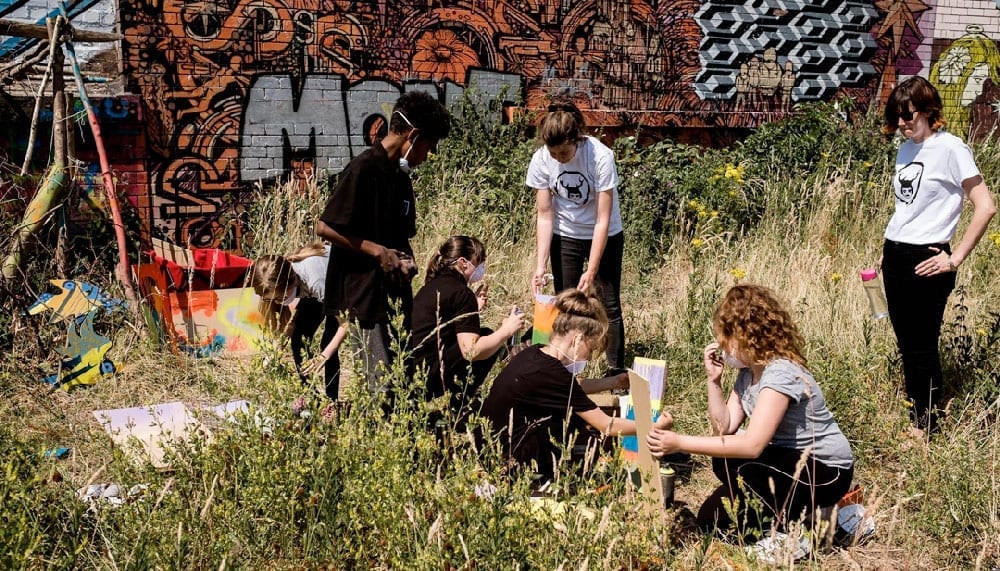
Since 2016 I have been developing youth-led placemaking projects in semi-wild disused urban spaces. Workshops invite young people to explore disused spaces, re-imagining them for their own purposes while experts bring the tools and skills needed to transform young people’s ideas into reality.
It was clear from the start that disused urban spaces offer young people unique experiences, igniting their sense of adventure, creativity and freedom. Over the past two years I have witnessed young people building new friendships, learning new skills and developing a strong sense of identity connected to nature and community. Jenny Hallam (Derby University) is researching the relationship between wild spaces and wellbeing. She linked the experiences of young people on our projects to a ‘range of benefits centring on learning and mastering new skills, connecting to nature and developing a growing awareness and attachment to the space’.

With most of the world’s populations living in urban areas children are at risk of disconnecting from the natural world with serious consequences for their mental and physical health. Nature Deficit Disorder is a term coined by Richard Louv that describes the psychological, physical and cognitive costs of human alienation from nature. With charities such as Barnados and The Children’s Society stating that children’s mental health in the UK is reaching an ‘intolerable crisis’ we need to address the factors which are contributing as well as those that could alleviate this situation.
When young people in Stoke on Trent were invited to share their experiences of adventures with researcher Holly Norcop (Keele University) fear was one of the significant barriers cited as to why they don’t play in wild spaces. Biophobia is a term used to describe fear and anxiety of hazards associated with nature. Parents, teachers and the media spread biophobia through real life stories; such as the tragic drowning of a local boy in open water or criminal activities such as child abduction. These risks are real, but they need to be weighed up against the equally real risks posed by online cybercrime including, bullying, harassment and grooming. I believe it is the responsibility of adults to support children by educating them about the risks of wild spaces and how to manage them rather than allowing them to disconnect them from the natural world.
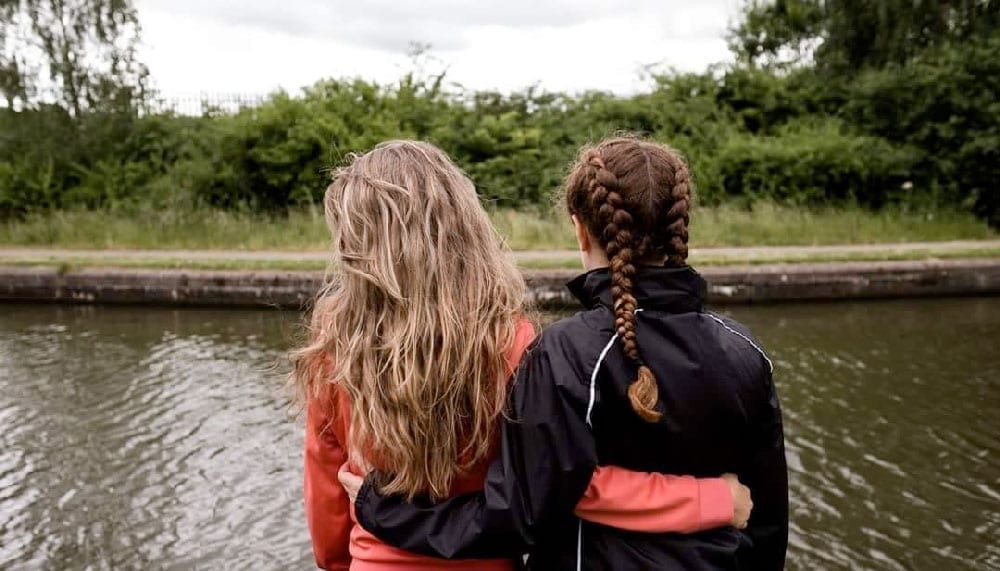
I propose that disused urban spaces hold a unique value for young people as places that they can access for free, re-purpose to their needs and build their own child-led communities. That by spending increased time in wild spaces children’s sense of wellbeing, mental and physical health will improve. Furthermore, that by increasing positive activity in disused urban spaces they become assets for the whole community.

